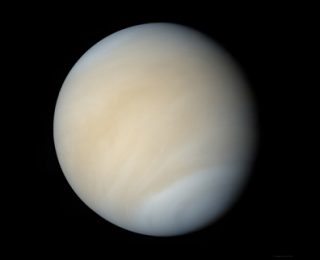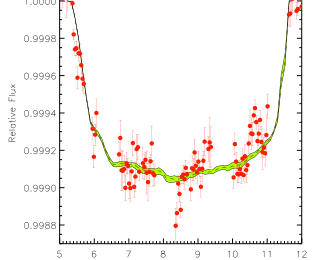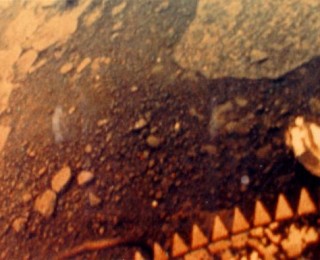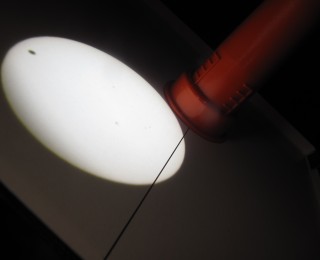
by Astrobites | Jan 12, 2018 | Current Events
We report on Day 3 of the winter AAS meeting in National Harbor, MD. Highlights include an overview of the latest results from space telescopes, a look at our sister planet Venus, and discussion of data science’s role in astronomy.

by Kerrin Hensley | Oct 6, 2017 | Daily Paper Summaries
Slowly-rotating Venus has some seriously speedy clouds. Using near-infrared images from Japan’s first Venus orbiter, Horinouchi and collaborators study the atmospheric dynamics of our strange sister planet.

by Michael Küffmeier | Feb 3, 2015 | Daily Paper Summaries
Most exoplanets are and have been detected by the transit method. Maybe, we can improve the method even further by drawing conclusions from the recent Venus transits in 2004 and 2012.

by Joseph O'Rourke | Jun 25, 2013 | Daily Paper Summaries
This paper considers the possibility that Earth could suffer a runaway or moist greenhouse effect, which probably turned Venus into a hellish wasteland long ago.

by Elisabeth Newton | Jun 7, 2012 | Personal Experiences
Tuesday was was the second of this century’s pair of transits of Venus; I didn’t catch the 2004 transit, but I was fortunate to have a prime view of Tuesday’s. Like many others, I turned my eyes (safely behind sun filters) towards the Sun and the little black dot traversing its surface. I asked the Astrobites authors to share their experiences with us.
by Caroline Morley | Dec 7, 2011 | Daily Paper Summaries
Venus transits the Sun, from the frame of the Earth, about twice every century, separated by eight years. The last one happened in 2004, and another is happening in June 2012. Observing the transmission spectrum during the 2012 transit—and comparing it to measured transmission spectra of the Earth, taken during lunar eclipses—will tell us how hard it will be to distinguish two planets that look identical in mass and radius, but have extremely different atmospheric properties.





